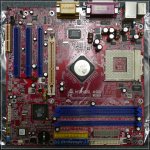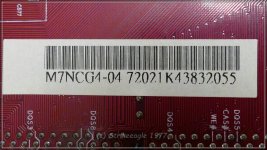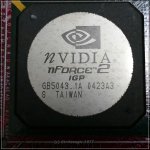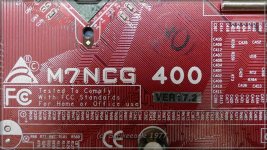digitalbath
Mr. Oldschool-Bios
- Mitglied seit
- 04.05.2008
- Beiträge
- 4.243
- Ort
- Moers
- Details zu meinem Desktop
- Prozessor
- AMD R7 5800X
- Mainboard
- ASRock B550 Steel Legend
- Kühler
- Scythe Fuma 2
- Speicher
- Crucial Ballistix DDR4 3600 32GB
- Grafikprozessor
- ASRock B580 Steel Legend
- Display
- Acer B277UE
- SSD
- 2x500GB; 1x1000GB
- Soundkarte
- Xonar Essence / K340 / HD580
- Gehäuse
- Geometric Future King Arthur
- Netzteil
- BeQuiet! PurePower11 600W
- Keyboard
- Corsair K90
- Mouse
- Roccat Kova
- Betriebssystem
- Win11
- Webbrowser
- der rote Fuchs
Sad news in my opinion. 
I guess you tried the Socket A CPUs with the internal romsips with the Gigabyte board? I wonder how AMD managed the Slot A Thunderbirds to run on a non push-pull board. Do the CPU PCB have something to manipulate the SIP stream?


I guess you tried the Socket A CPUs with the internal romsips with the Gigabyte board? I wonder how AMD managed the Slot A Thunderbirds to run on a non push-pull board. Do the CPU PCB have something to manipulate the SIP stream?
What does this pin do? I was not able to understand the datasheet. AMD mentions revisions though.The FERR pin also isn't driven when using the adapter.
good luck!My final straw is manipulating the ROMSIP transfer in order to enable the PushPull drivers, but this will be a challenge.


 This ability could open a whole new box of pandora for hardware modding, not just for the AMD Slot/Socket A platform. Custom Intel Slotkets are also somewhere on my to-do list.
This ability could open a whole new box of pandora for hardware modding, not just for the AMD Slot/Socket A platform. Custom Intel Slotkets are also somewhere on my to-do list. AIDA (und Everest) zeigt wohl den richtigen RAM Takt an. Also aufpassen!
AIDA (und Everest) zeigt wohl den richtigen RAM Takt an. Also aufpassen! 


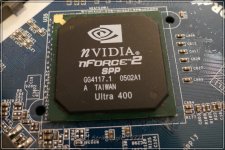

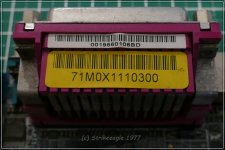
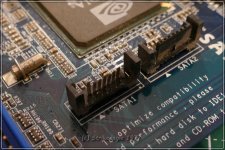
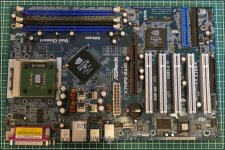

 Top !
Top !